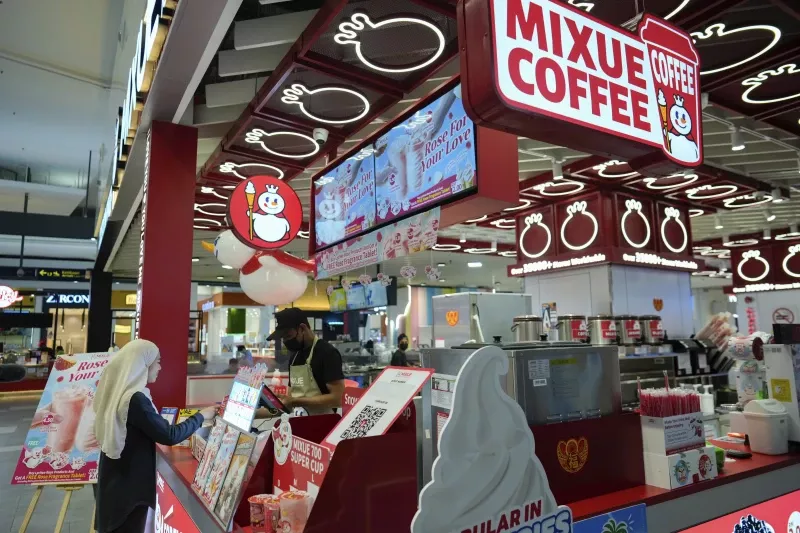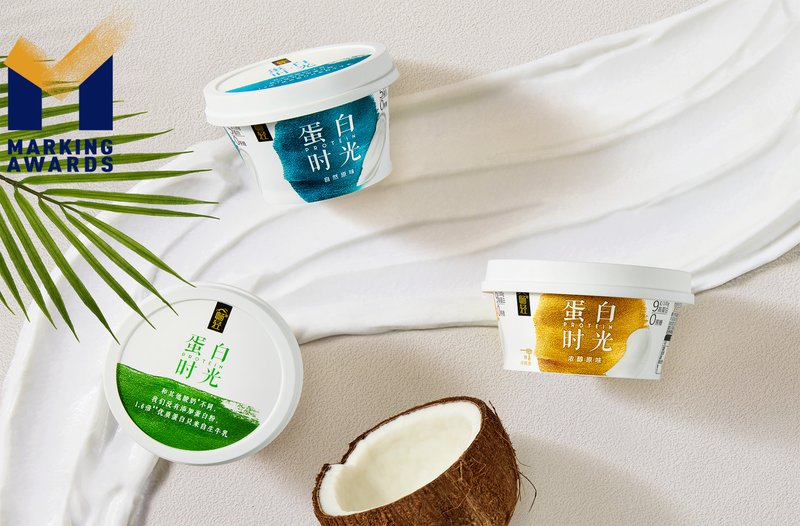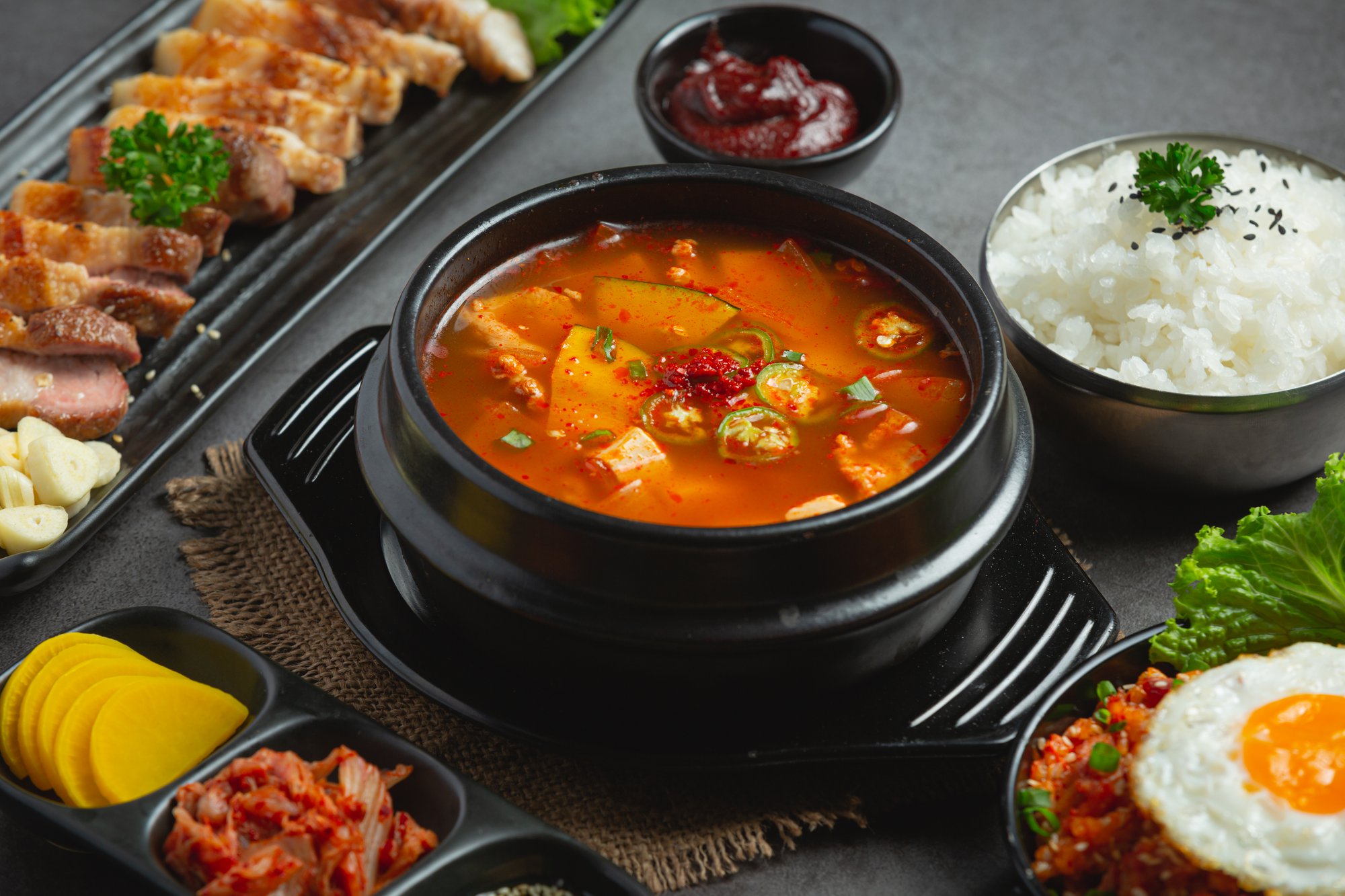
Introduction
China’s food and beverage (F&B) market continues to expand as evolving consumer preferences, growing health consciousness, and a sophisticated digital ecosystem reshape demand. In 2023, the sector reached approximately RMB 11.71 trillion (USD 1.67 trillion), growing 3.75% year-on-year.
Despite this strong outlook, international F&B brands often stumble in China due to misreading local consumer behavior, underestimating regulatory complexities, or failing to localize global strategies. Succeeding requires a data-driven, adaptive F&B Go-to-Market Strategy China that integrates local insights with global expertise.
Below are six proven strategies, supported by real-world examples and actionable insights, to help brands build sustainable success in China’s dynamic F&B landscape.
1. Localize Products to Align with Regional Tastes
Understanding local preferences is the foundation of any effective F&B Go-to-Market Strategy in China. Winning over Chinese consumers requires tailoring flavors, formats, and packaging to regional preferences and cultural habits.

Case Study: Lay’s (PepsiCo) Exclusive Flavors
- Lay’s (PepsiCo): The brand frequently releases exclusive flavors like spicy crayfish, seaweed, and hot pot, all designed to appeal to China’s regional flavor profiles.
Actionable Insights
- Conduct taste profiling across provinces to identify local flavor nuances.
- Adjust packaging formats (single-serve, resealable, or family-sized) for different consumption occasions.
- Use culturally resonant ingredients—such as goji berry, red dates, or green tea—to enhance brand authenticity.
For more insights on how global brands adapt local tastes effectively, explore our China F&B Market Strategies.
2. Master Digital Engagement on Key Platforms
Digital engagement sits at the core of any modern Go-to-Market Strategy for F&B brands in China. Platforms like WeChat, Douyin, and Xiaohongshu dominate how consumers discover, evaluate, and purchase products.

Case Study: The Starbucks Loyalty Program
Starbucks integrated its loyalty program directly into WeChat, enabling seamless ordering, payment, and personalized offers. This move deepened engagement, increased repeat purchases, and provided valuable behavioral insights for data-driven decisions.
Actionable Insights
- Develop platform-specific content strategies, integrating influencer collaborations and localized storytelling.
- Leverage live streaming and short-form video to drive engagement and highlight new products.
- Enable social commerce features like one-click purchasing to boost conversion and sharing.
Read our Strategic Playbook for F&B Innovators in China for more digital engagement best practices.
3. Navigate Regulatory Complexities with Local Expertise
Regulatory compliance is one of the most challenging aspects of any F&B Go-to-Market Strategy in China. From labeling to ESG requirements, staying ahead of evolving standards is key.

Case Study: McDonald’s China Smart Supply Chain Park
In 2024, McDonald’s opened its Hubei Smart Food Industrial Park, integrating production, logistics, and sustainable packaging with partners like Tyson and Zidan. This innovation reduced logistics time by up to 90% while strengthening traceability across the supply chain.
Actionable Insights
- Partner with local regulatory experts early for labeling reviews, import registrations, and safety audits.
- Implement traceability systems for raw materials and production steps across all SKUs.
- Stay informed of updates from CFDA/SAMR on food labeling, ESG reporting, and packaging standards.
Explore our Guide to Navigating China’s F&B Regulations for detailed strategies and compliance insights.
4. Offer Value Without Compromising Quality
Balancing premiumization with affordability is central to sustaining growth in China’s competitive F&B landscape. Consumers demand value but still associate quality with trust and safety.

Case Study: Mixue’s Rapid Growth
Mixue, now the world’s largest F&B chain by store count, grew to over 45,000 locations by offering accessible ice cream and coffee with localized flavors. Its success proves that scalability and affordability can coexist with strong brand equity.
Actionable Insights
- Optimize supply chain efficiencies to reduce costs sustainably.
- Maintain transparent pricing and communicate value clearly.
- Use data analytics to track consumer sentiment and adapt pricing strategies dynamically.
To see how cross-cultural flavor trends drive perceived value, read Global Flavors Shaping F&B Innovation in China.
5. Build Trust Through Transparency and ESG Commitment
Sustainability and transparency have become essential pillars of a successful Go-to-Market Strategy for F&B brands in China. Consumers are increasingly willing to pay more for ethical brands that align with their values.

Case Study: Yili’s Commitment to Sustainability
Yili’s China Dairy Supply Chain Sustainability Report highlights its commitment to sustainable sourcing and digital traceability. The report showcases initiatives on emission reduction, water conservation, and packaging innovation—building consumer trust through accountability.
Global brands like McDonald’s, Nestlé, and PepsiCo are also pivoting toward recyclable and compostable packaging in line with China’s waste management regulations.
Actionable Insights
- Publish annual sustainability reports covering sourcing, emissions, and community impact.
- Adopt eco-friendly packaging materials to align with national waste policy enforcement.
- Engage in local community programs that promote education, nutrition, and environmental awareness.
6. Continuously Adapt to Evolving Consumer Preferences
Consumer tastes in China shift quickly, driven by youth culture, health priorities, and a demand for novelty. Brands that adapt fast gain market resilience.

Case Study: Yili’s Changqing Premium Yogurt
In 2024, Yili launched its premium protein yogurt, Changqing Black Label, offering 1.6× more protein than standard variants. Using reverse-osmosis membrane technology, the brand delivers clean-label nutrition with no added sugars, aligning with the growing demand for functional, natural foods.
Case Study: High-Protein and Low-Sugar for PepsiCo China
PepsiCo responded to growing wellness trends by expanding its Quaker Oats and Gatorade lines with high-protein and low-sugar variants designed for the Chinese market. The brand also invests heavily in real-time consumer data to pilot new products faster
Actionable Insights
- Monitor consumer sentiment through social listening and purchase data.
- Pilot new products regionally or seasonally to test demand.
- Highlight wellness and transparency in marketing—core themes driving younger consumers.
Frequently Asked Questions (FAQ)
1. What makes China’s F&B Go-to-Market Strategy unique?
China’s digital-first environment, strict regulations, and diverse consumer base make market entry complex. Successful strategies combine localization, regulatory agility, and digital commerce innovation.nd long-term loyalty.
2. How can F&B brands leverage China’s digital ecosystem effectively?
Brands should build unique campaigns for each major platform: WeChat for loyalty, Douyin for storytelling, and Tmall for conversion. Integrating data analytics helps tailor content and improve engagement, forming a cohesive digital journey for Chinese consumers.
3. What are the biggest regulatory risks for F&B brands in China?
Regulatory pitfalls often involve labeling, ingredient compliance, and ESG disclosure. Partnering with local experts helps mitigate risks. Staying updated with CFDA and SAMR regulations ensures brands maintain smooth operations and avoid costly penalties.
4. How do affordability and premiumization coexist in China’s F&B market?
Consumers seek “affordable luxury”. That’s high-quality experiences at fair prices. Brands succeed by optimizing operations, maintaining authenticity, and communicating value transparently. Mixue’s business model shows that accessibility and aspiration can reinforce each other.
5. What emerging trends will shape F&B Go-to-Market Strategy China in 2025?
Expect continued growth in functional foods, plant-based products, and sustainability-driven purchasing. Real-time consumer data and local partnerships will remain essential tools for brands to stay agile and competitive.
6. How can foreign F&B brands sustain long-term growth in China?
Sustained success depends on local partnerships, ongoing consumer research, and data-driven agility. Brands that continuously localize products, refine digital channels, and invest in sustainable practices are better positioned for long-term market share growth.
Conclusion
A winning F&B Go-to-Market Strategy in China balances local relevance, digital innovation, and regulatory expertise. Brands that localize authentically, engage digitally, and adapt quickly will thrive in this fast-evolving market.
Ready to expand your F&B brand in China?
Connect with GourmetPro. Our experts help global brands grow without the guesswork through market-tested strategies, compliance support, and on-the-ground insights.


%206.png)
.svg)






.svg)



.svg)
.svg)
.svg)

.svg)

















































.png)



















































